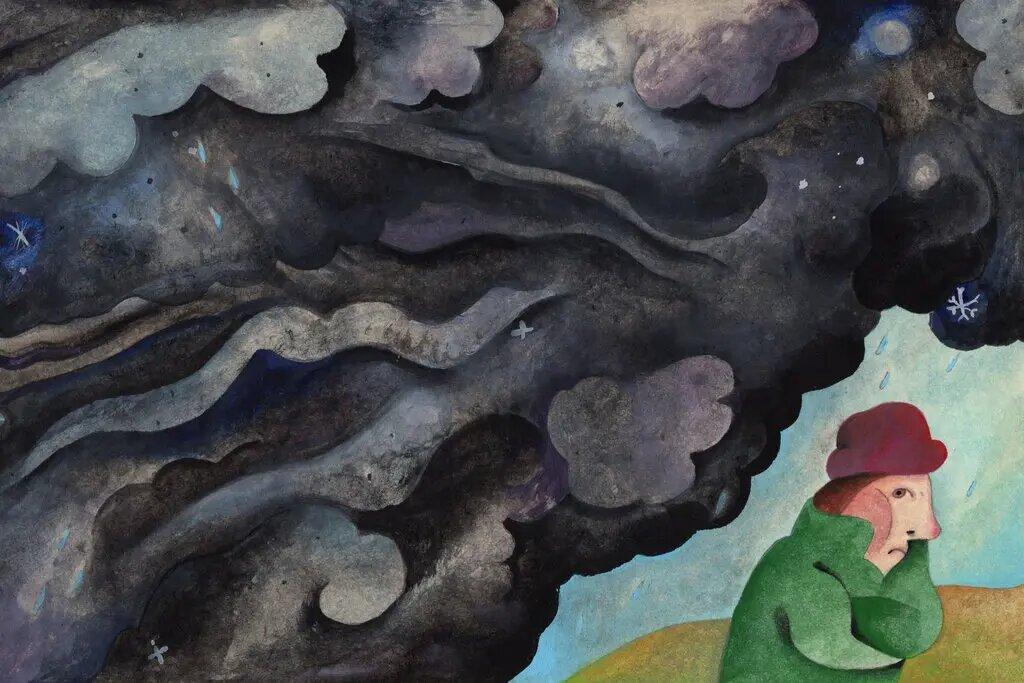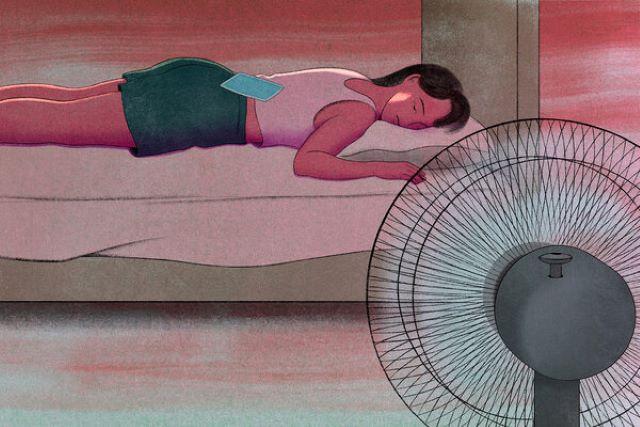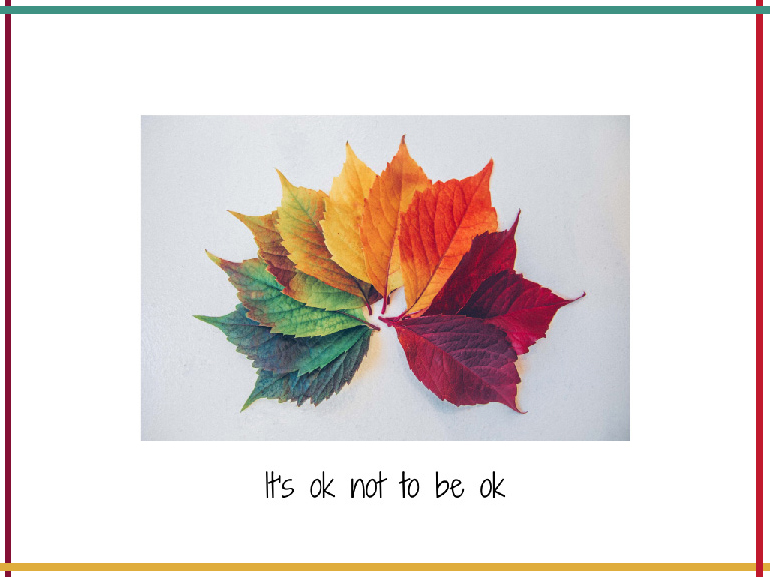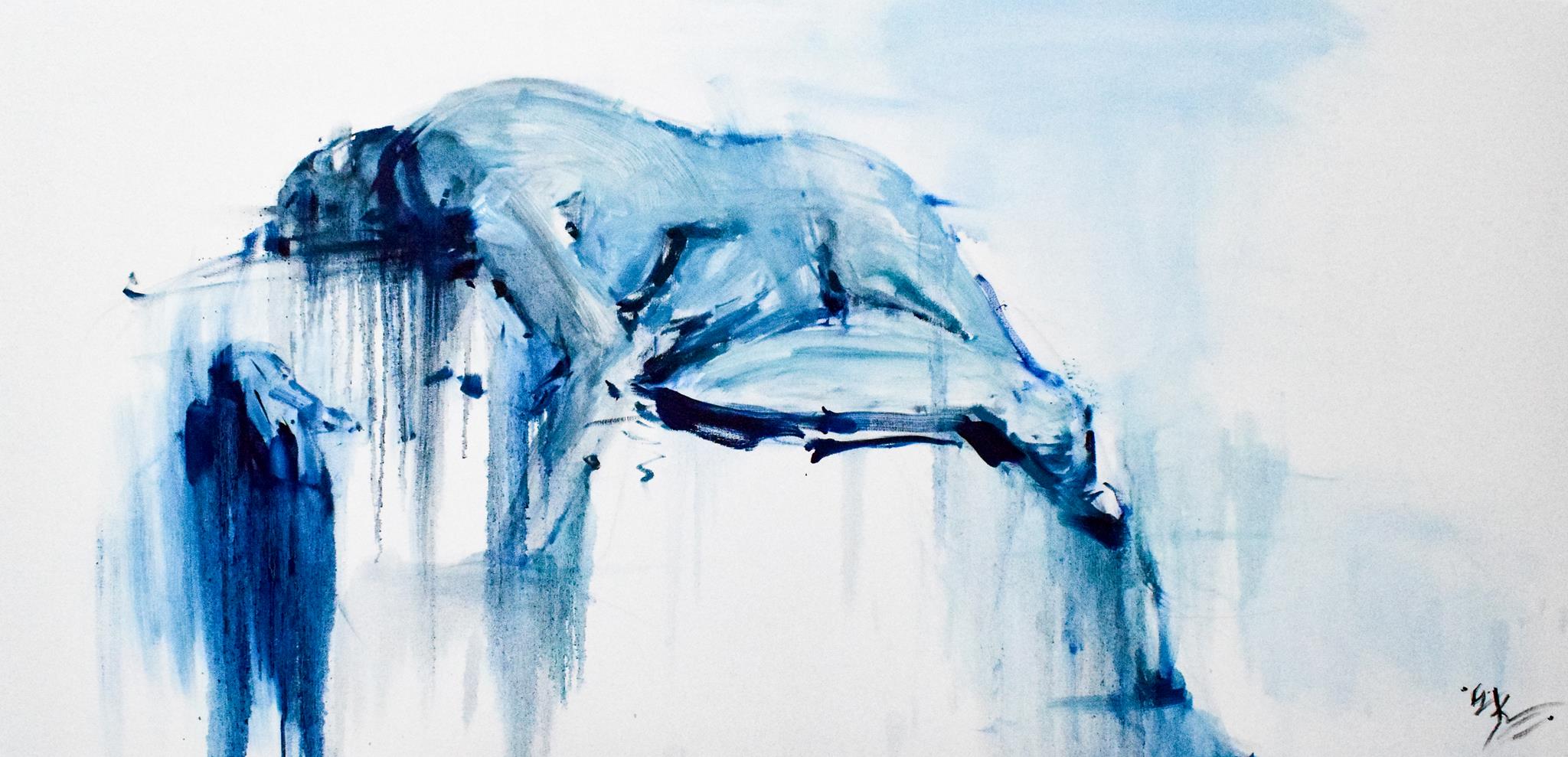By Georgia Rousta,
That time of the year has come once again. The summer glow is beginning to elope, tanned bodies are transforming into sparkling versions of themselves and the only people you see at a beach anymore; winter swimmers. The day is getting shorter, the weather is getting colder and our winter clothes are starting to make an appearance in our wardrobes. Most of all, the fun and carelessness of the summer season are fading away. Although to many, fall is the preferred season, there is also a part of the population who are more influenced by the changes in the weather and their routines by all the more intense reappearance of their responsibilities and the stress of everyday life.
Of course there are many criteria, which can affect a person’s mood such as personal conflicts or other circumstances in their social environment. Nevertheless, that particular change of season between summer and autumn can alter one’s state of mind and spirit. Such an effect can take different fronts and certainly can be located at different points on a wide spectrum of intensity and gravity.
The so–called “blues” that one may be feeling come to fit the less severe portion of that scale. To state it quite simply, feeling blue is a way to characterize your mood when you are not feeling as lively or motivated as usual and have the tendency to not want to socialize as much, generally becoming more closed within yourself. An emphatic matter, though, that should be taken into consideration when realizing that you do indeed have the blues is that you should not be feeling that particular way for a continuous period of time.

Provided that is not the case meaning that one, in fact, does feel such emotions and does periodically observe similar manners as the ones mentioned amongst other characteristics, they may be diving a little bit deeper into the spectrum and entering the realm of a type of depression not talked about very frequently. Seasonal Affective Disorder (SAD) is a form of clinical depression whose symptoms come and go with the change of a season and can last up to a plethora of months. Some indications of seasonal depression are fogginess in thinking, insomnia, sleeping during the day, fatigue, lack of motivation, sudden changes in weight and appetite, anxiety, social disconnection etc. Other than that, a pattern of similar behaviors during the same period and through the passing of years, for 2 years or more, can be an indicator of such a form of depression. A pattern of behavior seems to be circling around a particular time annually and persistently over time.
Does that mean that whenever you are feeling a little down during the change of seasons you are suffering from seasonal depression? Now, going to extremes and self–diagnosing in this case as for every other medical matter is of course out of the picture. Not only does it weigh one’s psyche and mindset and oftentimes falsely but it is also so intricate an examination of the mind that professional knowledge is obligatory. By doing so, self–diagnosing I mean, you simultaneously burden your own mental world, but you also may harm people who are actually suffering from a said type of depression.
What is interesting about SAD is that science does not really have an answer as to why it exists. Although there are some theories connecting seasonal depression to the shortening of daylight, which consequently leads to the higher production of melatonin, as melatonin is produced during the nighttime and an imbalance to the levels of this chemical in our body, they remain just that; theories, assumptions. What has been presented via research, though, is that seasonal depression affects more women than men.

Despite giving the impression that SAD occurs only during the transition from summer to fall and wintertime, that is not the case. Seasonal depression may arise during the passing from colder weather to warmer, although not as commonly. The first form of SAD is also called “winter depression” while the latter form is “summer depression”.
Whether we are dealing with a case of SAD or with the so–called “feeling blue” the significant element of this situation is the fact that it is being talked about. After so many years of neglect and bias surrounding mental health shown by the societal majority, the extermination of the taboo around it is a promising accomplishment of the last few decades along with the steps to understanding the human mind and mental world. Our mental well–being is an area of ourselves with great impact in every part of our lives and it undoubtedly should not be depreciated. We are all individually obliged to take care of ourselves, as we are the only ones responsible for them. Mental health is not something to take life–heartedly or disregard overall.

And for those of us who are summer lovers to the bone, let us be a little patient and soon we will be surrounded by fairy lights reminding us of the warmth and never–ending daylight of our season, making the cold weather and short days a bit more bearable. And when things get a little too much for us, asking for help and speaking out is the least we can do for ourselves.
National HelpLine for Depression: 1034
National Line for Psychological-Social Support: 10306
National Suicide HelpLine: 1018
References
-
What to Know About Seasonal Depression. nytimes.com. Available here
-
Seasonal Affective Disorder. hopkinsmedicine.org. Available here
-
Feeling Blue? Here’s What to Know. healthline.com. Available here




